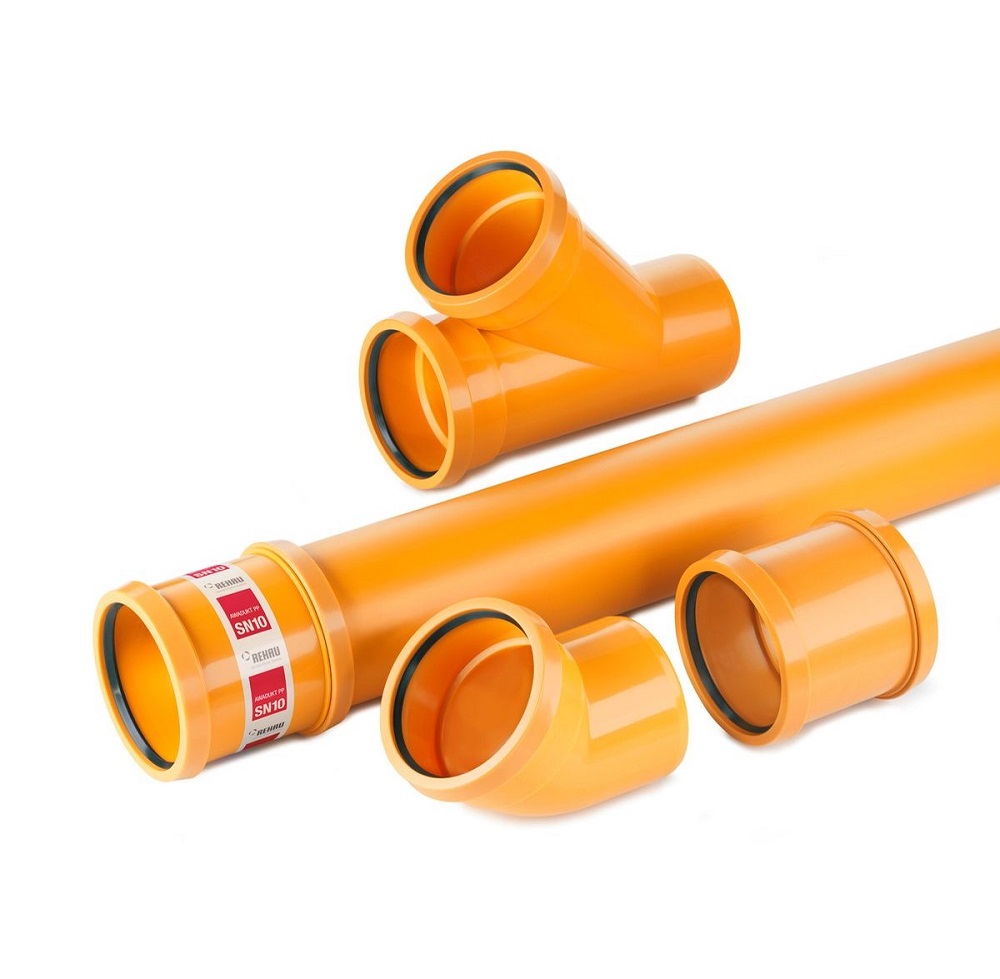New standard highlights fire risks to ‘vulnerable’ people
LPS 1655, the latest Loss Prevention Standard from BRE Global, introduces the UK’s first fire performance benchmark for Personal Protection System (PPS) equipment.
Developed in consultation with industry stakeholders, LPS 1655 defines requirements and test methods for LPCB third party approval and listing of Personal Protection Watermist Systems.
PPS are local application fire suppression systems that respond to a fire in a specific area of a home, typically a bed or chair. Aimed at residential and domestic sectors, they are designed to protect vulnerable people identified at greater risk of fire in the home. Such risks may be related to mobility problems, dementia, mental health conditions, drug or alcohol problems and may impact on an individual’s ability to safely escape a fire unaided. Additionally, their accommodation may reveal additional risk factors, including unsafe use of candles or heaters, or evidence of previous fire accidents, such as burns to bedding or furniture.
As an emerging area of fire safety technology, demand for PPS so far has been largely driven by the fire and rescue services. However, there has been no standard or methodology for assessing their performance and effectiveness until now. LPS 1655 offers a robust third party approval standard to give confidence and establish a performance level for PPS in the absence of a dedicated BS or EN standard.
LPS 1655 defines rigorous test protocols and performance criteria for PPS, following two years of research and development work at BRE Global’s fire research and test centre in Watford (UK).
A typical PPS is self-contained and consists of a water container connected to an open watermist nozzle. An internal control panel automatically activates the system when a fire is detected causing watermist to be sprayed onto a defined area.
Significant growth is expected in the PPS market as awareness of their role grows, formal procedures for fire risk assessment are adopted in the care sector, and we cater to an ageing demographic. Most recently, the Care Quality Commission has added fire prevention and risk recognition to its Common Induction Standards, the training received by all care workers.
BRE Global has collaborated with London Fire Brigade on a guide (www.bre.co.uk/ppsguidance) for identifying people at greater fire risk in the home and implementing suitable measures to protect them.
A recent study shows that people classed as vulnerable may account for around 39% of fire fatalities in domestic and residential accommodation.
“Many of these vulnerable people are on the radar of social workers, care professionals or family carers providing support in the community,” said Nigel Firkins of BRE Global. “We want to ensure they are aware of PPS as a risk reduction option, as well as fire safety and fire service professionals, building maintenance and FM specifiers, and managers of housing association and social housing accommodation.
“We are promoting LPS 1655 in hand with London Fire Brigade’s guidance to provide all stakeholders with a clear understanding of the risks and an effective benchmark for the specification and provision of PPS. This will help building, FM and care professionals to better identify and safeguard individuals whose health and home circumstances are indicators for exposure to greater fire risks.”
BRE Global cautions that PPS are intended to act as supplementary protection for ‘at risk’ individuals in conjunction with other fire safety measures such as smoke alarms and not as a substitute for fire suppression/sprinkler systems.




















